Home>Maintenance & Safety>Child & Elderly Safety at Home>What Are The Requirements For A Booster Seat
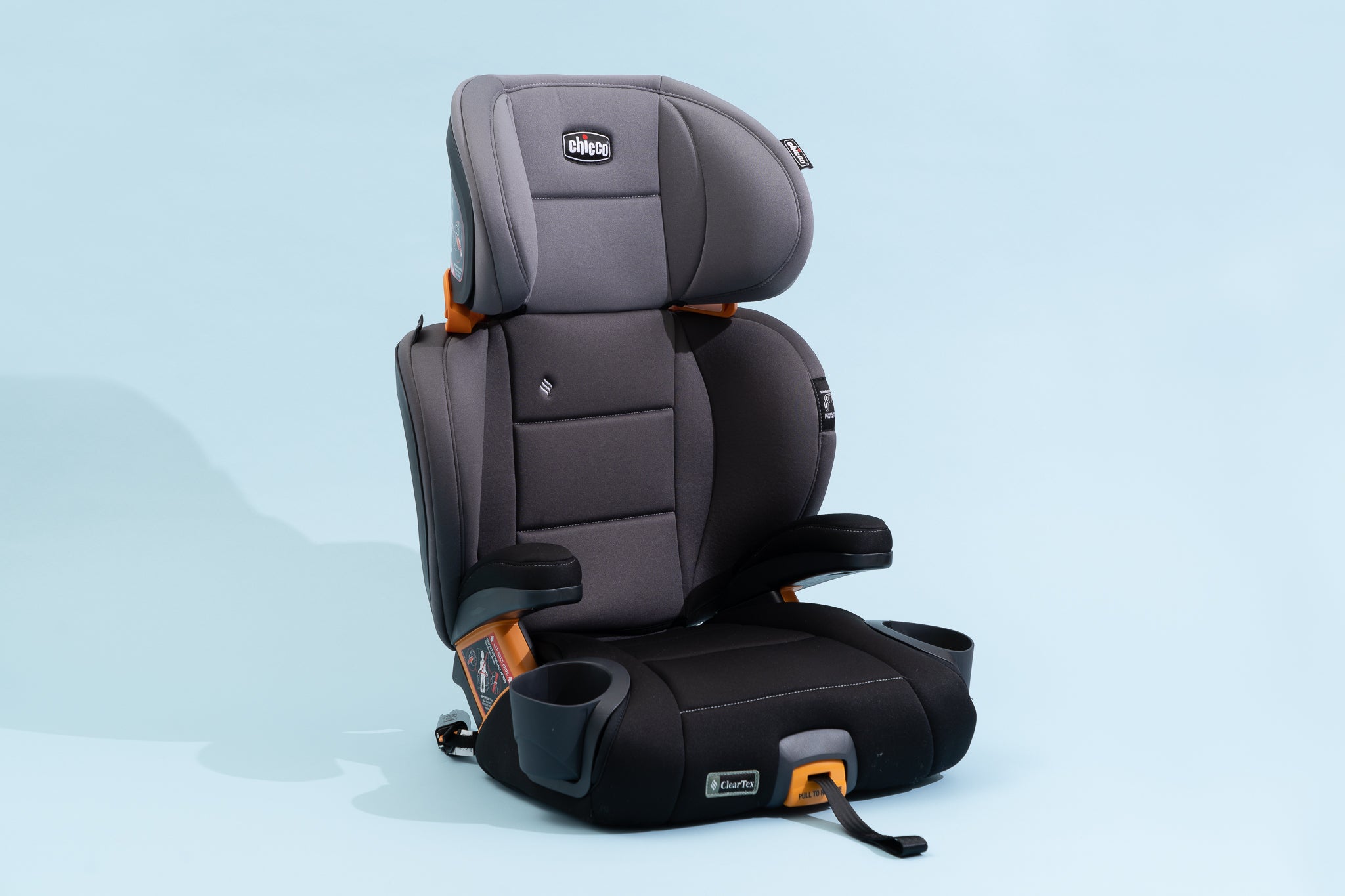

Child & Elderly Safety at Home
What Are The Requirements For A Booster Seat
Modified: February 29, 2024
Learn about the essential requirements for a booster seat to ensure child and elderly safety at home. Find out the key factors for selecting the right booster seat.
(Many of the links in this article redirect to a specific reviewed product. Your purchase of these products through affiliate links helps to generate commission for Storables.com, at no extra cost. Learn more)
Introduction
Ensuring the safety of children while traveling in vehicles is a top priority for parents and caregivers. One crucial aspect of this safety protocol is the use of booster seats. These specially designed seats are intended to provide additional protection and support for children who have outgrown their forward-facing car seats but are not yet ready to use the vehicle's seat belt alone. Understanding the requirements for a booster seat is essential for safeguarding the well-being of young passengers during car journeys.
Booster seats are specifically designed to elevate children to the correct height, allowing the vehicle's seat belt to fit them properly. This ensures that the seat belt rests across the strongest parts of the child's body, such as the collarbone and hips, rather than the more vulnerable areas like the neck or abdomen. By providing this crucial support, booster seats significantly reduce the risk of injury in the event of a collision.
In this comprehensive guide, we will delve into the various requirements for a booster seat, including age and size specifications, the different types of booster seats available, installation guidelines, essential safety features, legal regulations, and more. By understanding these requirements, parents and caregivers can make informed decisions when selecting and using booster seats, ultimately promoting the safety and well-being of the young passengers in their care.
Key Takeaways:
- Booster seats are like safety superheroes for kids in cars! They help make sure the seat belt fits just right, keeping kids safe and comfy during car rides. Remember, size matters – so use a booster seat until you’re big enough for the seat belt alone.
- There are two types of booster seats: high-back and backless. High-back boosters are like cozy chairs with extra support, while backless boosters are like invisible boosters that make you tall enough for the seat belt. Pick the one that suits you best!
Age and Size Requirements
When it comes to booster seat requirements, age and size are crucial factors to consider. The primary purpose of a booster seat is to ensure that the vehicle's seat belt fits the child properly, providing optimal protection in the event of a collision. As a result, there are specific age and size guidelines that determine when a child is ready to transition from a forward-facing car seat to a booster seat.
Generally, children are ready to transition to a booster seat when they have outgrown their forward-facing car seat, typically around the age of 4 to 8 years old. However, age alone is not the sole determinant for transitioning to a booster seat. The child's size and developmental stage also play a significant role in this decision.
Size requirements for booster seats are typically based on a child's height and weight. Most booster seat manufacturers recommend that a child should be at least 4 feet 9 inches tall and weigh between 80 to 100 pounds before transitioning to a seat belt alone. These guidelines are crucial because they ensure that the vehicle's seat belt fits the child properly, with the lap belt sitting low across the hips and the shoulder belt crossing the chest and collarbone, rather than the neck or face.
It's important to note that these age and size requirements are general guidelines, and individual children may vary in their readiness to transition to a booster seat. Some children may reach the height and weight requirements at a younger age, while others may require a booster seat for a longer duration. Ultimately, the decision to transition to a booster seat should be based on the child's specific measurements and developmental stage, rather than solely on their age.
By adhering to the age and size requirements for booster seats, parents and caregivers can ensure that children are provided with the appropriate level of protection and support during car journeys. This proactive approach significantly reduces the risk of injury and enhances the overall safety of young passengers while traveling in vehicles.
Type of Seat
When it comes to booster seats, there are two primary types: high-back boosters and backless boosters. Each type offers distinct features and benefits, catering to the varying needs and preferences of parents and caregivers.
High-Back Boosters
High-back boosters, as the name suggests, are equipped with a high backrest that provides additional support and protection for the child. These boosters are designed to offer a more comprehensive seating solution, particularly for vehicles with low seat backs or no headrests. The high backrest provides crucial head and neck support, especially for children who may fall asleep during car journeys. Additionally, high-back boosters often feature adjustable headrests and shoulder belt guides, allowing for a customized and secure fit as the child grows.
Furthermore, high-back boosters are designed to provide a more comfortable seating experience for children, especially during long trips. The added support and padding in the backrest and headrest contribute to a more ergonomic and enjoyable ride for young passengers. This type of booster seat is particularly beneficial for children who may require additional support due to physical characteristics or sensory needs.
Backless Boosters
On the other hand, backless boosters are characterized by their compact and lightweight design. These boosters elevate the child to the appropriate height, allowing the vehicle's seat belt to fit them properly. Backless boosters are ideal for vehicles with ample head support and are often favored for their portability and ease of transfer between different cars. Their streamlined design makes them a practical choice for families who frequently switch vehicles or require multiple booster seats.
Moreover, backless boosters offer a sense of independence for older children who may feel more comfortable without the presence of a high backrest. This type of booster seat is discreet and blends seamlessly with the vehicle's interior, making it an appealing option for children who prefer a more mature seating arrangement.
Choosing the Right Type
When selecting a booster seat, it's essential to consider the specific needs and preferences of the child, as well as the vehicle's seating configuration. High-back boosters are well-suited for providing comprehensive support and comfort, especially for younger children or those with unique physical requirements. On the other hand, backless boosters offer a practical and versatile solution for older children who prioritize independence and mobility.
Ultimately, the decision between a high-back booster and a backless booster depends on a combination of factors, including the child's age, size, comfort preferences, and the vehicle's seating setup. By understanding the distinct features of each type of booster seat, parents and caregivers can make an informed choice that prioritizes the safety, comfort, and well-being of the young passengers in their care.
Installation Requirements
Proper installation of a booster seat is paramount to ensure its effectiveness in providing optimal protection for young passengers. The installation requirements for booster seats encompass a series of guidelines and best practices aimed at securing the seat within the vehicle and positioning the child correctly for maximum safety.
First and foremost, it is essential to refer to the vehicle's owner's manual and the booster seat manufacturer's instructions for specific installation guidelines. These resources provide crucial information regarding compatible seating positions, seat belt configurations, and any vehicle-specific considerations that may impact the installation process.
When installing a booster seat, it should be placed in the back seat of the vehicle, as this is the safest location for children. Additionally, the booster seat should be positioned away from airbags to prevent potential injury in the event of deployment. It is important to ensure that the booster seat is securely anchored to the vehicle's seat, minimizing any potential movement or instability during travel.
The vehicle's seat belt plays a pivotal role in securing the booster seat and the child. It is imperative to route the seat belt correctly through the designated belt path on the booster seat, following the manufacturer's instructions to achieve a snug and secure fit. The seat belt should lay flat and snug across the child's lap, with the shoulder belt positioned across the chest and collarbone, avoiding contact with the neck or face.
Furthermore, the booster seat should be free from any twists or tangles in the seat belt, as these can compromise the seat's stability and the child's safety. Regularly inspecting the installation to ensure that the seat remains securely anchored and the seat belt maintains the proper positioning is essential for ongoing safety.
In some cases, booster seats may feature additional installation components, such as tether anchors or LATCH (Lower Anchors and Tethers for Children) systems. These supplementary elements can further enhance the stability and security of the booster seat, providing an additional layer of protection for the child.
By adhering to the installation requirements and diligently following the manufacturer's instructions, parents and caregivers can ensure that the booster seat is optimally positioned and secured within the vehicle. This proactive approach significantly reduces the risk of injury and enhances the overall safety of young passengers during car journeys.
Safety Features
When it comes to booster seats, safety features are paramount in ensuring the optimal protection and well-being of young passengers during car journeys. These features are meticulously designed to mitigate the risk of injury and provide a secure and supportive seating environment for children. Understanding the essential safety features of booster seats empowers parents and caregivers to make informed decisions when selecting the most suitable seat for their child.
Side-Impact Protection
Many modern booster seats are equipped with enhanced side-impact protection features, which are specifically designed to shield children from potential impacts during a collision. These features often include energy-absorbing materials and reinforced sidewalls that provide a protective barrier, minimizing the force of impact and reducing the risk of injury to the child's head, neck, and torso. Side-impact protection is a critical safety feature that significantly enhances the overall safety performance of booster seats.
Adjustable Headrests and Harness Systems
Adjustable headrests and harness systems are integral safety features that contribute to the customized fit and support provided by booster seats. These features allow for the precise positioning of the headrest and shoulder belt guides, ensuring that the seat belt rests securely across the child's chest and collarbone. Additionally, adjustable harness systems enable parents and caregivers to adapt the seat to accommodate the child's growth and changing seating requirements, maintaining optimal safety and comfort over time.
Impact-Resistant Construction
The construction of booster seats often incorporates impact-resistant materials and structural reinforcements to withstand forces exerted during a collision. High-quality booster seats are engineered to absorb and dissipate energy, thereby reducing the impact on the child and minimizing the risk of injury. The robust construction of booster seats underscores their commitment to providing a safe and protective seating solution for young passengers.
Secure Attachment Systems
Safety features related to secure attachment systems encompass the mechanisms and components that facilitate the proper installation and anchoring of the booster seat within the vehicle. These systems may include integrated LATCH (Lower Anchors and Tethers for Children) connectors, tether anchors, and intuitive belt-routing paths that streamline the installation process and enhance the stability of the seat. By ensuring a secure attachment to the vehicle, these features play a pivotal role in optimizing the safety and performance of booster seats.
Ergonomic Padding and Comfort Elements
In addition to safety-focused features, booster seats often incorporate ergonomic padding and comfort elements that contribute to a pleasant and supportive seating experience for children. These features include plush cushioning, breathable fabrics, and contoured seat designs that prioritize comfort without compromising safety. By promoting a comfortable and enjoyable ride, these elements further enhance the overall appeal and effectiveness of booster seats.
By considering these essential safety features, parents and caregivers can make well-informed decisions when selecting a booster seat for their child. Prioritizing safety features ensures that young passengers are provided with the highest level of protection and support, ultimately promoting a secure and comfortable travel experience.
Legal Requirements
Legal requirements pertaining to booster seats are established to uphold the safety standards for child passengers and ensure compliance with regulations governing vehicular transportation. These requirements are instrumental in safeguarding young passengers and mitigating the risk of injury during car journeys. Understanding the legal obligations and guidelines surrounding booster seats is essential for parents, caregivers, and all individuals responsible for the well-being of children in transit.
The specific legal requirements for booster seats vary by jurisdiction, with each state or region enacting its own set of laws and regulations. These legal provisions typically outline the age, size, and seating position specifications for children who are required to use booster seats. Additionally, they may delineate the types of booster seats that are approved for use, as well as the mandatory installation and usage guidelines.
In many regions, the legal requirements for booster seats mandate their use for children who have outgrown their forward-facing car seats but have not yet reached the height and weight thresholds to transition to a vehicle's seat belt alone. These requirements are designed to ensure that children are provided with the appropriate support and protection while traveling in vehicles, aligning with the overarching goal of enhancing child safety.
Furthermore, legal provisions often stipulate that booster seats must be installed and used in accordance with the manufacturer's instructions and the vehicle's specifications. This includes adhering to the designated seating positions, seat belt configurations, and any additional installation components, such as tether anchors or LATCH systems. By mandating strict adherence to these guidelines, legal requirements reinforce the importance of proper booster seat usage and installation for optimal safety.
It is imperative for parents and caregivers to familiarize themselves with the specific legal requirements for booster seats in their respective regions. This knowledge empowers them to make informed decisions when selecting, installing, and using booster seats, thereby ensuring compliance with the law and prioritizing the safety of young passengers.
By aligning with legal requirements and proactively adhering to booster seat regulations, parents, caregivers, and all individuals responsible for child passengers demonstrate a steadfast commitment to upholding the highest standards of safety and protection during vehicular travel. This proactive approach not only fosters compliance with the law but also contributes to the collective effort of promoting child welfare and well-being in transit.
Conclusion
In conclusion, the requirements for a booster seat encompass a comprehensive set of guidelines and considerations aimed at prioritizing the safety and well-being of young passengers during car journeys. By understanding and adhering to these requirements, parents and caregivers play a pivotal role in mitigating the risk of injury and providing optimal protection for children who have outgrown their forward-facing car seats but are not yet ready to use the vehicle's seat belt alone.
The age and size requirements for booster seats serve as fundamental benchmarks for determining when a child is ready to transition to this essential safety accessory. By considering the child's height, weight, and developmental stage, parents and caregivers can make informed decisions that align with the specific needs of the child, ensuring that the vehicle's seat belt fits them properly and securely.
Furthermore, the type of booster seat, whether high-back or backless, presents distinct features and benefits that cater to the varying needs and preferences of children and families. Understanding the nuances of each type empowers parents and caregivers to select a booster seat that provides the optimal level of support, comfort, and safety for young passengers.
The installation requirements for booster seats underscore the importance of securing the seat within the vehicle and positioning the child correctly. By diligently following the manufacturer's instructions and considering the vehicle's specifications, parents and caregivers can ensure that the booster seat is optimally anchored, minimizing any potential movement or instability during travel.
Additionally, the safety features integrated into booster seats, such as side-impact protection, adjustable headrests, impact-resistant construction, and secure attachment systems, collectively contribute to creating a secure and supportive seating environment for children. Prioritizing these safety features enhances the overall safety performance of booster seats, providing parents and caregivers with peace of mind during car journeys.
Moreover, legal requirements governing the usage of booster seats underscore the collective commitment to upholding the highest standards of child safety and welfare in transit. By complying with these legal provisions, parents, caregivers, and all individuals responsible for child passengers demonstrate a steadfast dedication to ensuring the well-being of young travelers.
In essence, the requirements for a booster seat serve as a cornerstone of child safety in vehicular travel. By embracing these requirements and proactively prioritizing the safety and comfort of young passengers, parents and caregivers contribute to creating a secure and nurturing environment that fosters enjoyable and worry-free car journeys for children.
Frequently Asked Questions about What Are The Requirements For A Booster Seat
Was this page helpful?
At Storables.com, we guarantee accurate and reliable information. Our content, validated by Expert Board Contributors, is crafted following stringent Editorial Policies. We're committed to providing you with well-researched, expert-backed insights for all your informational needs.
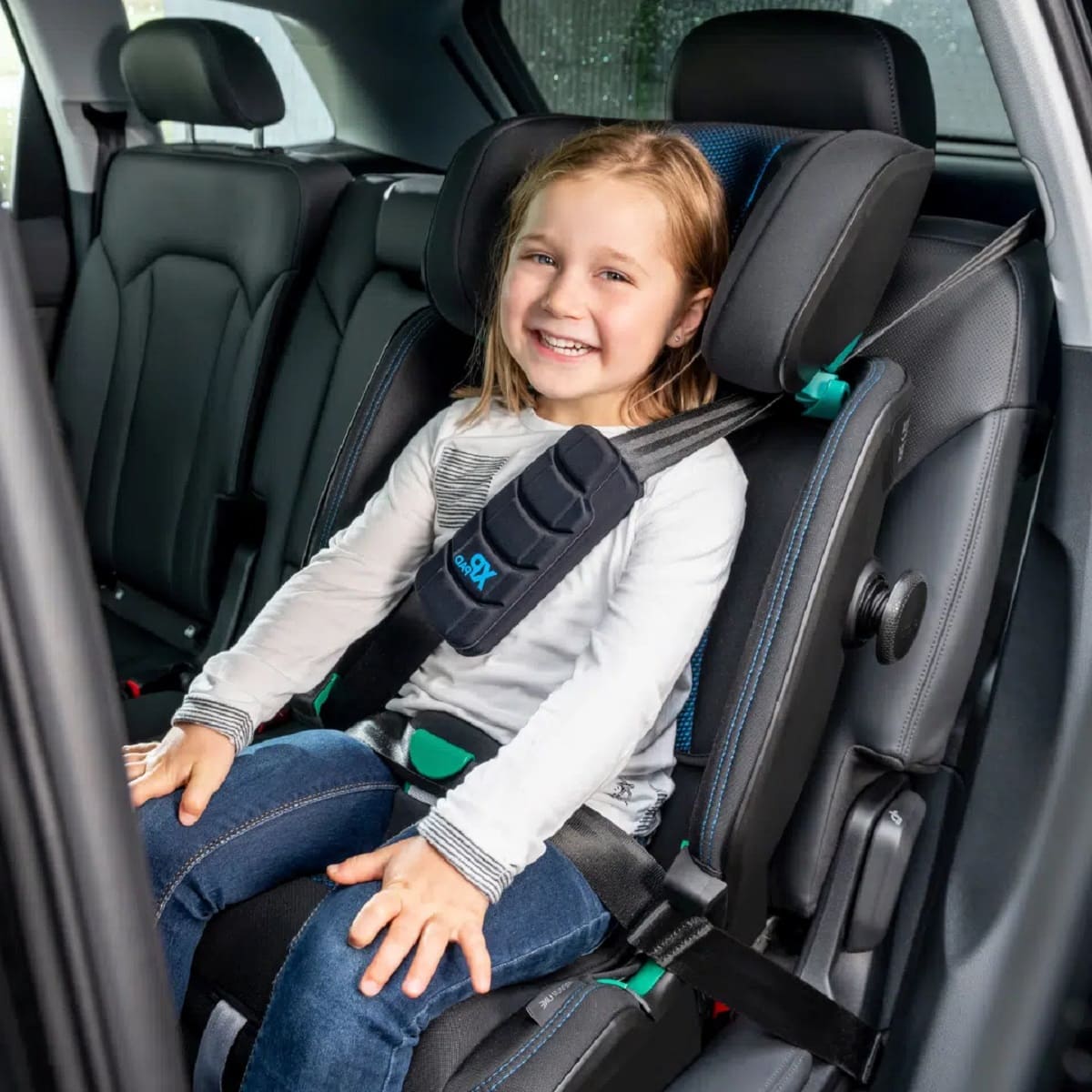
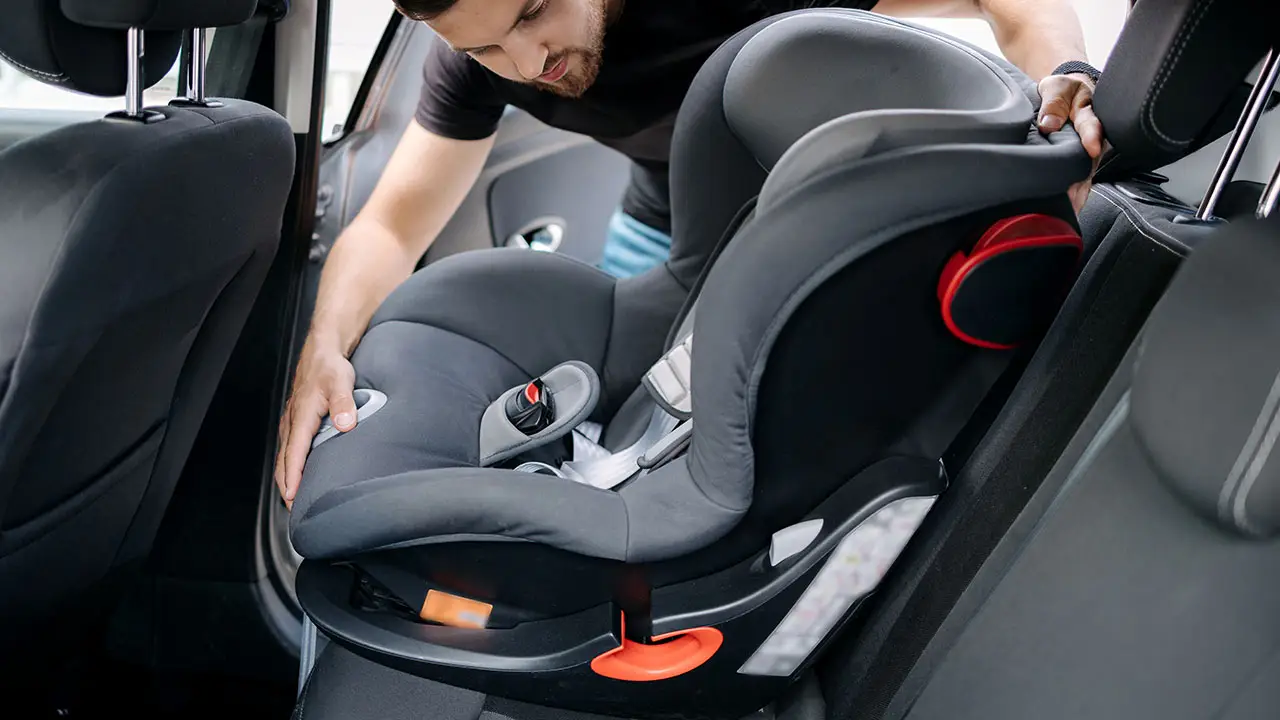
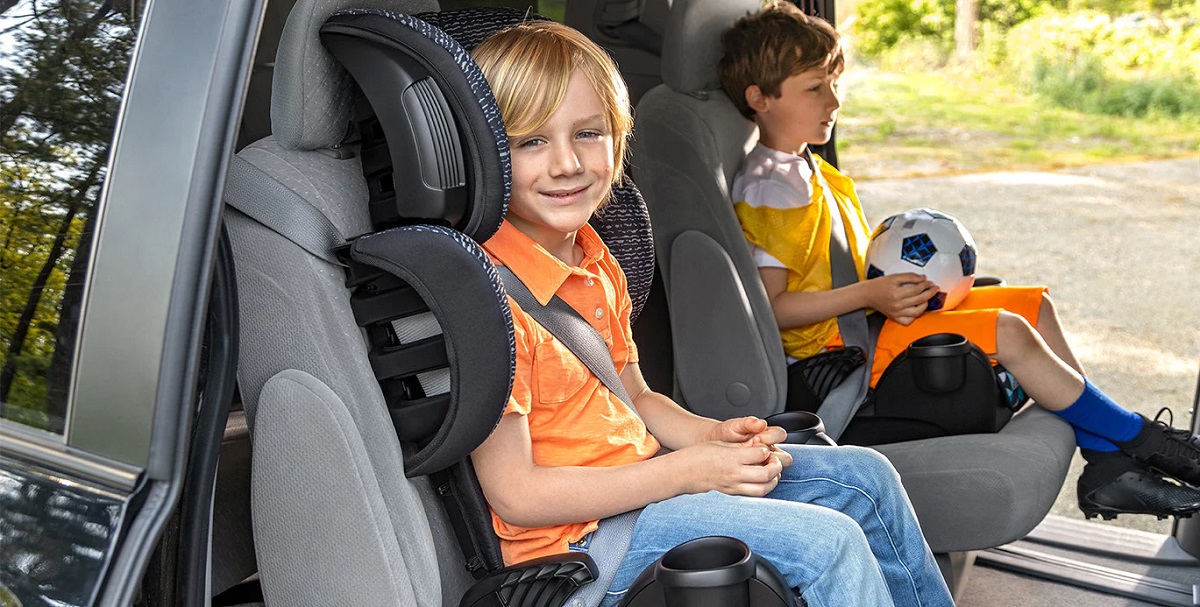
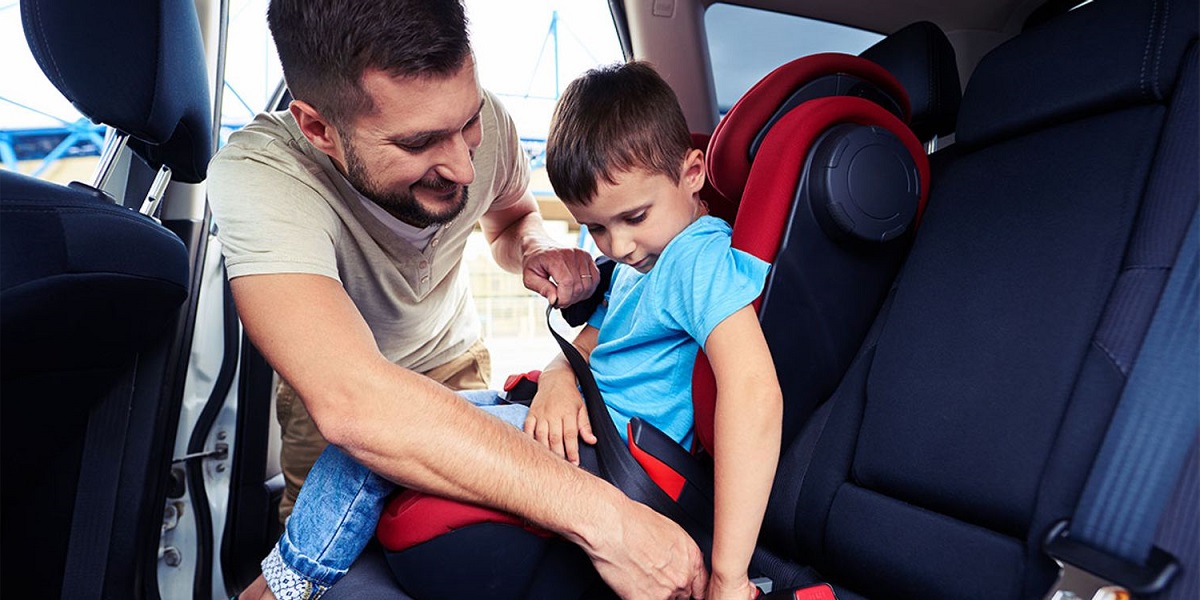
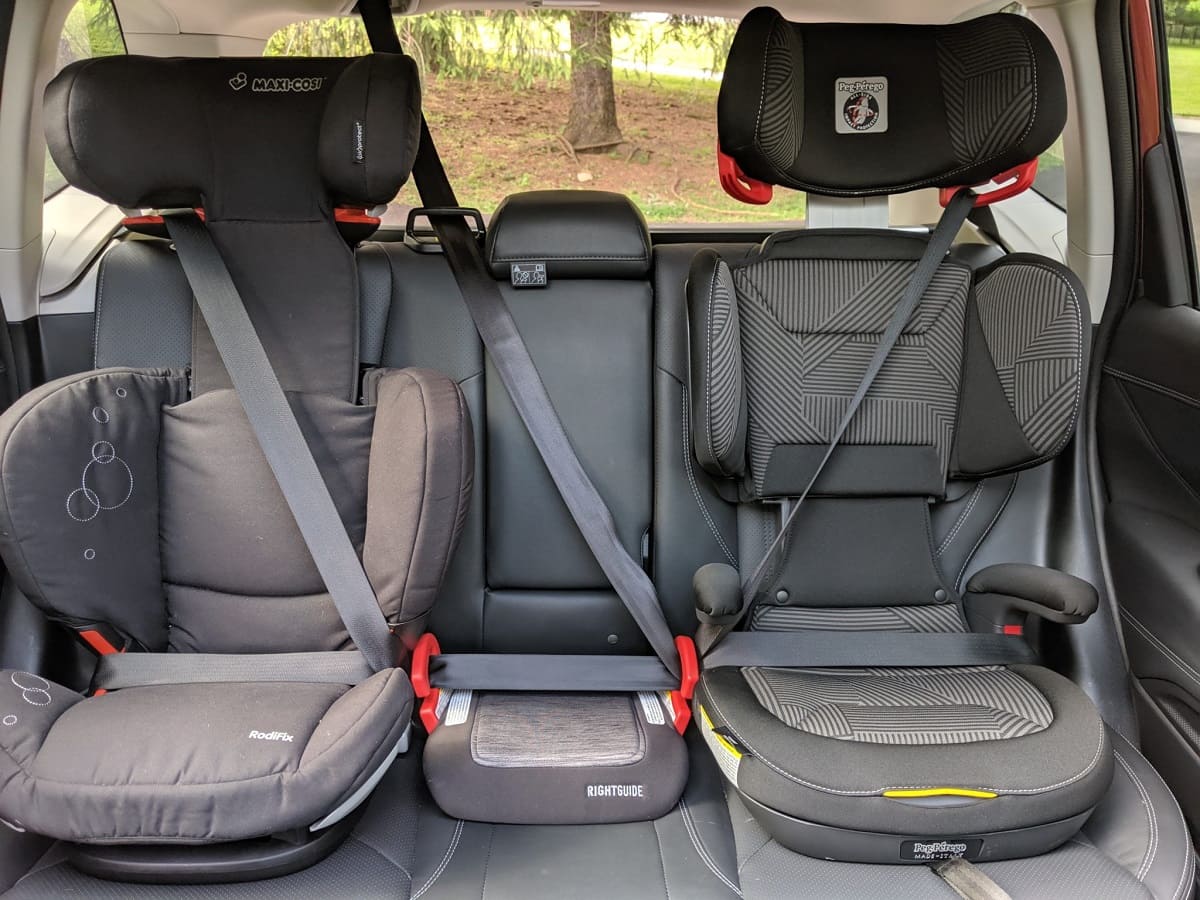
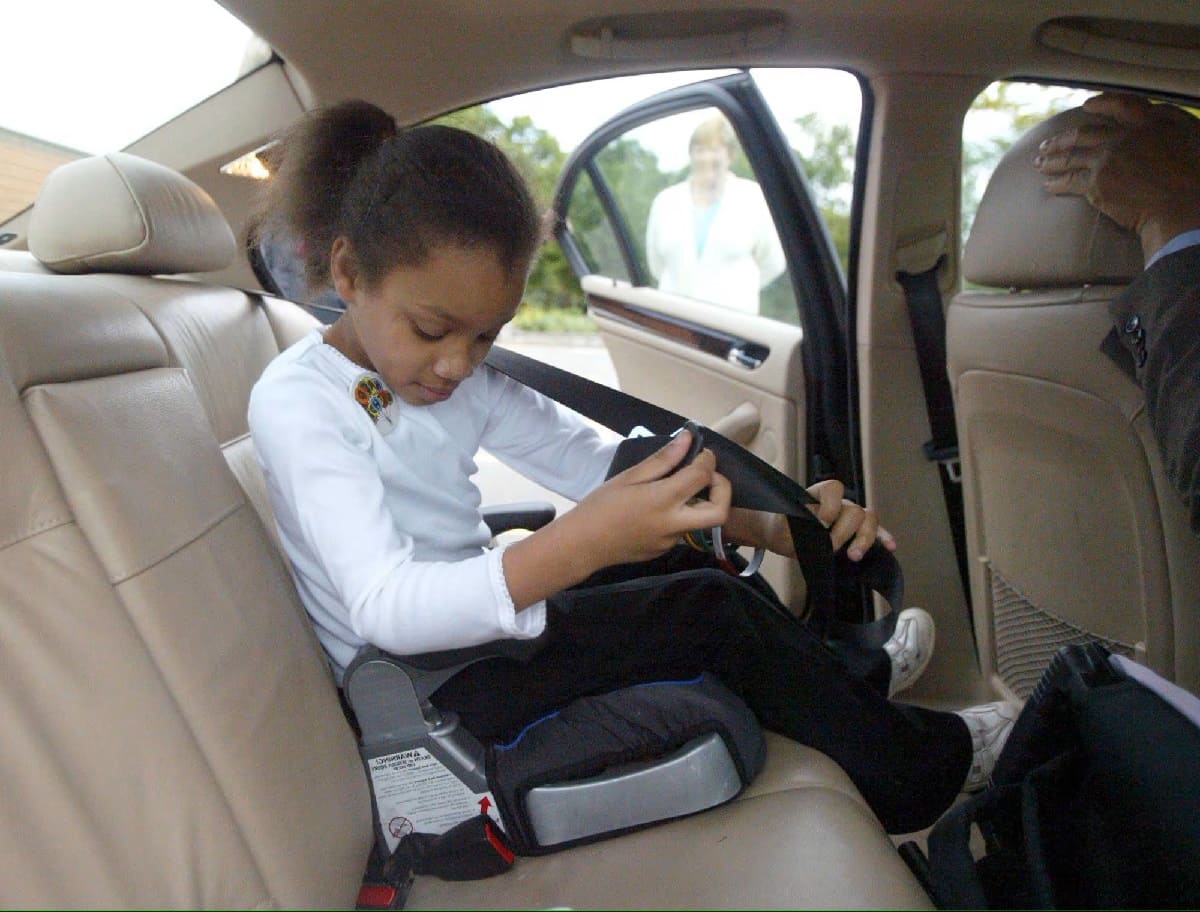
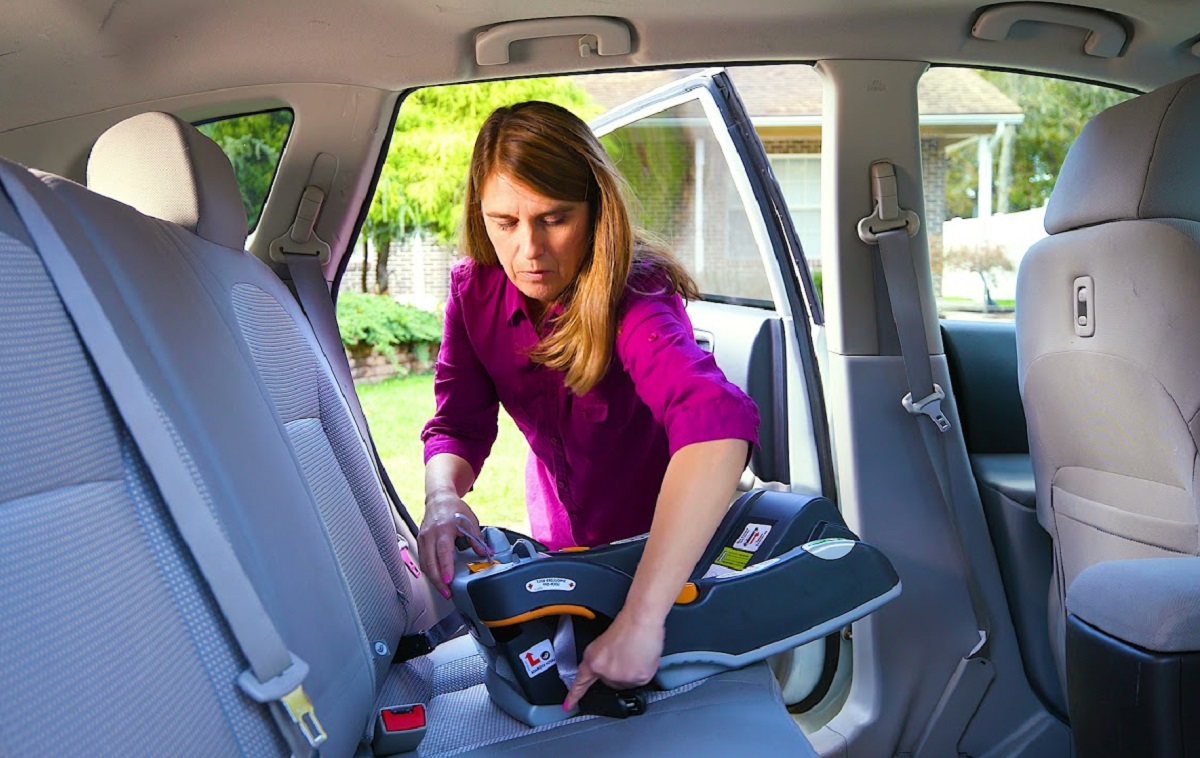
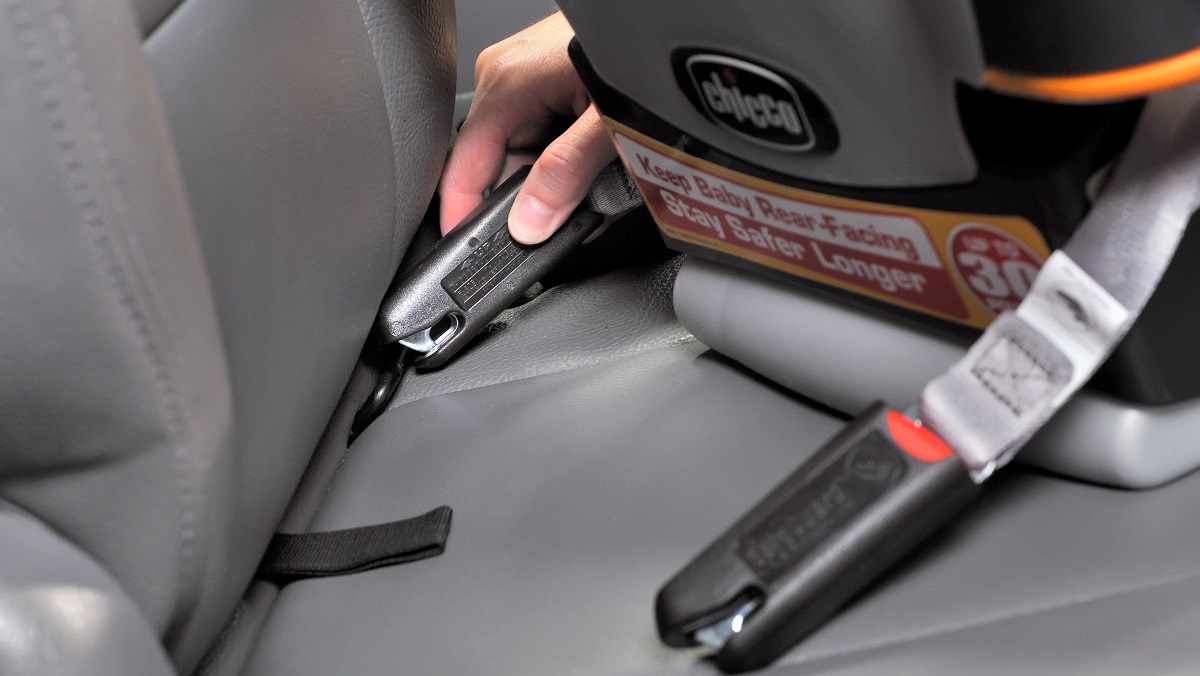
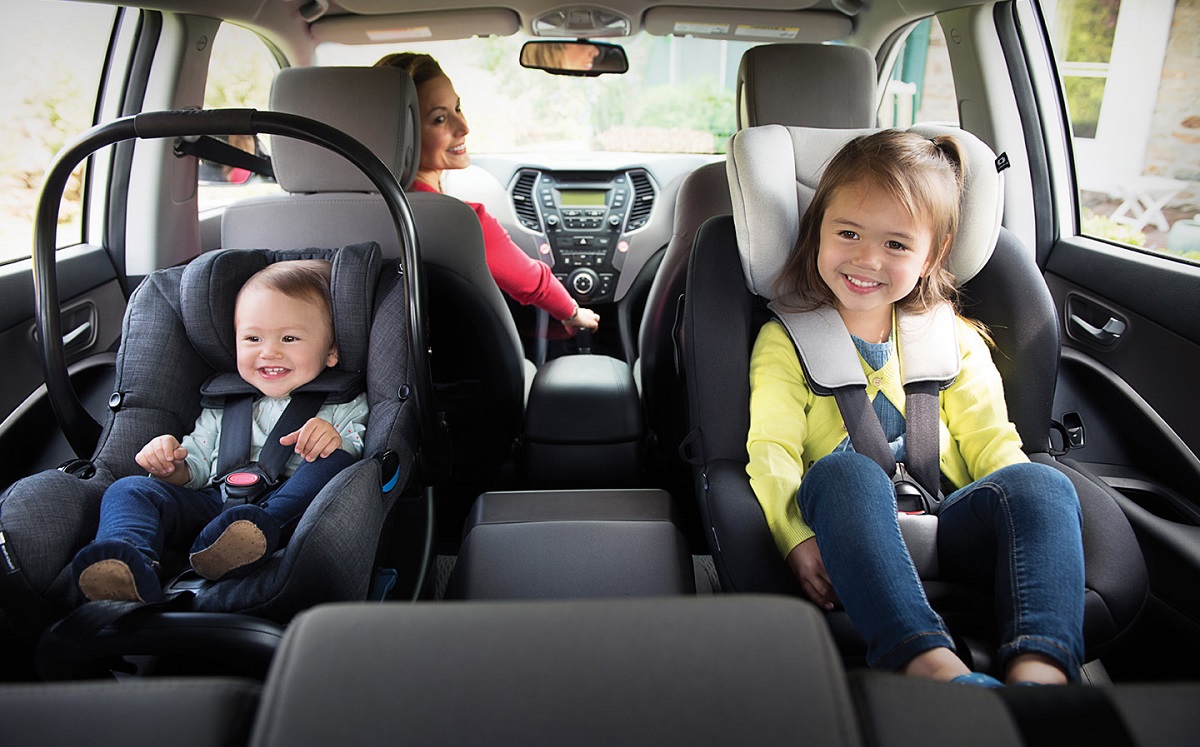
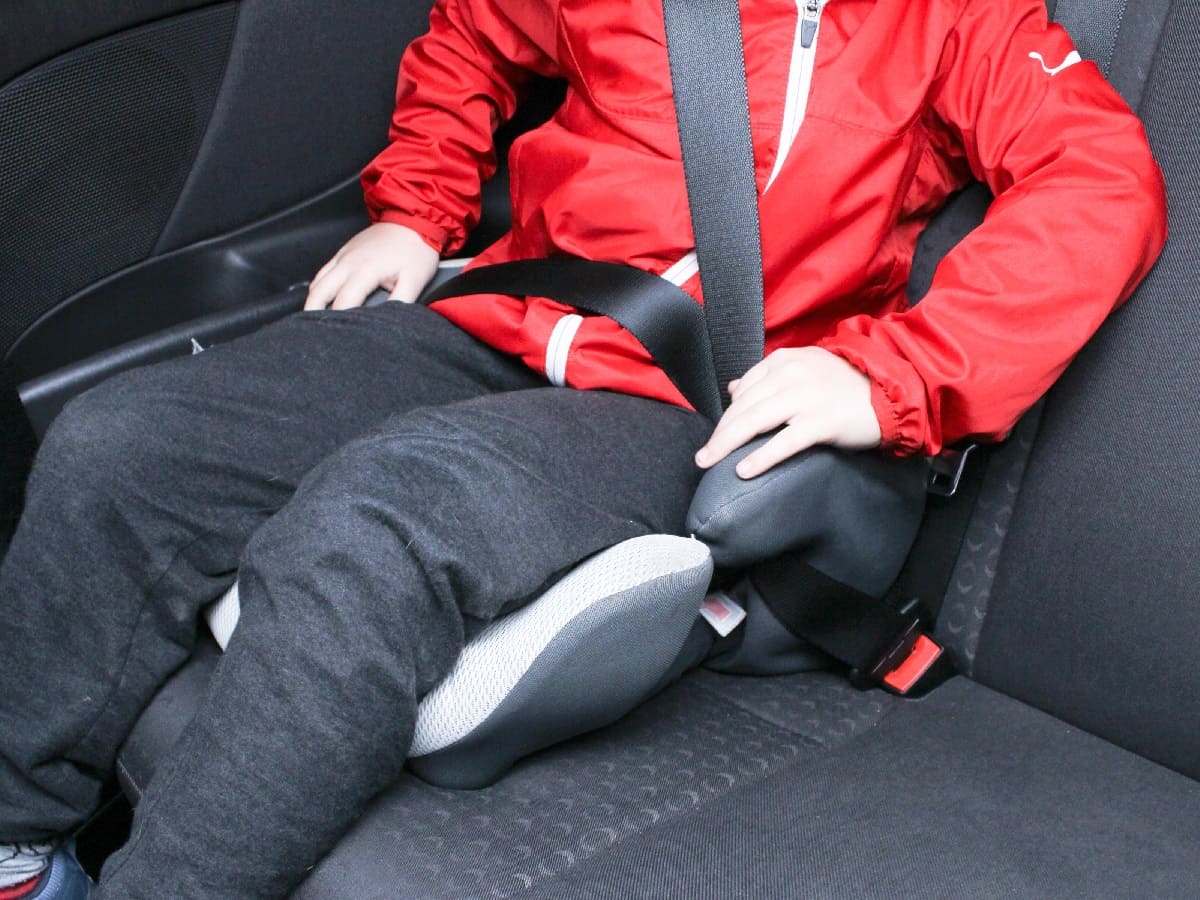
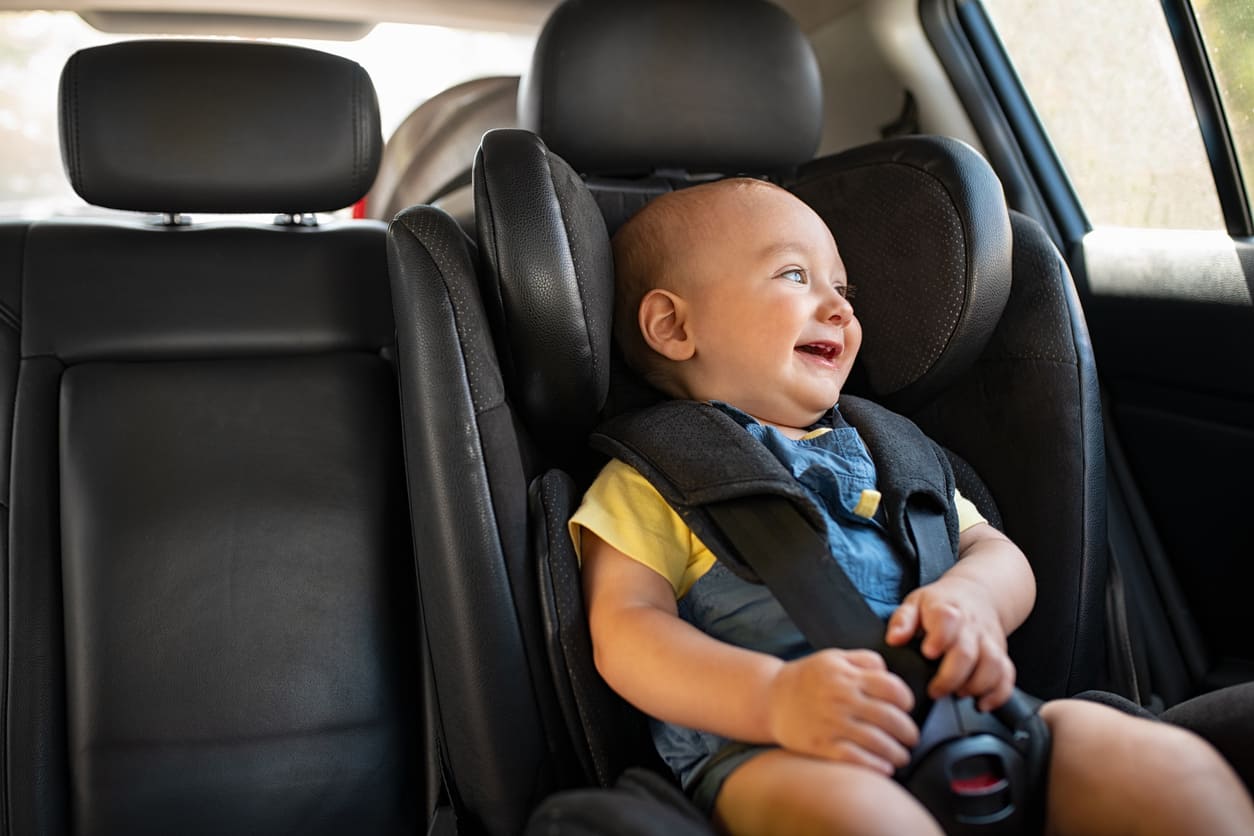
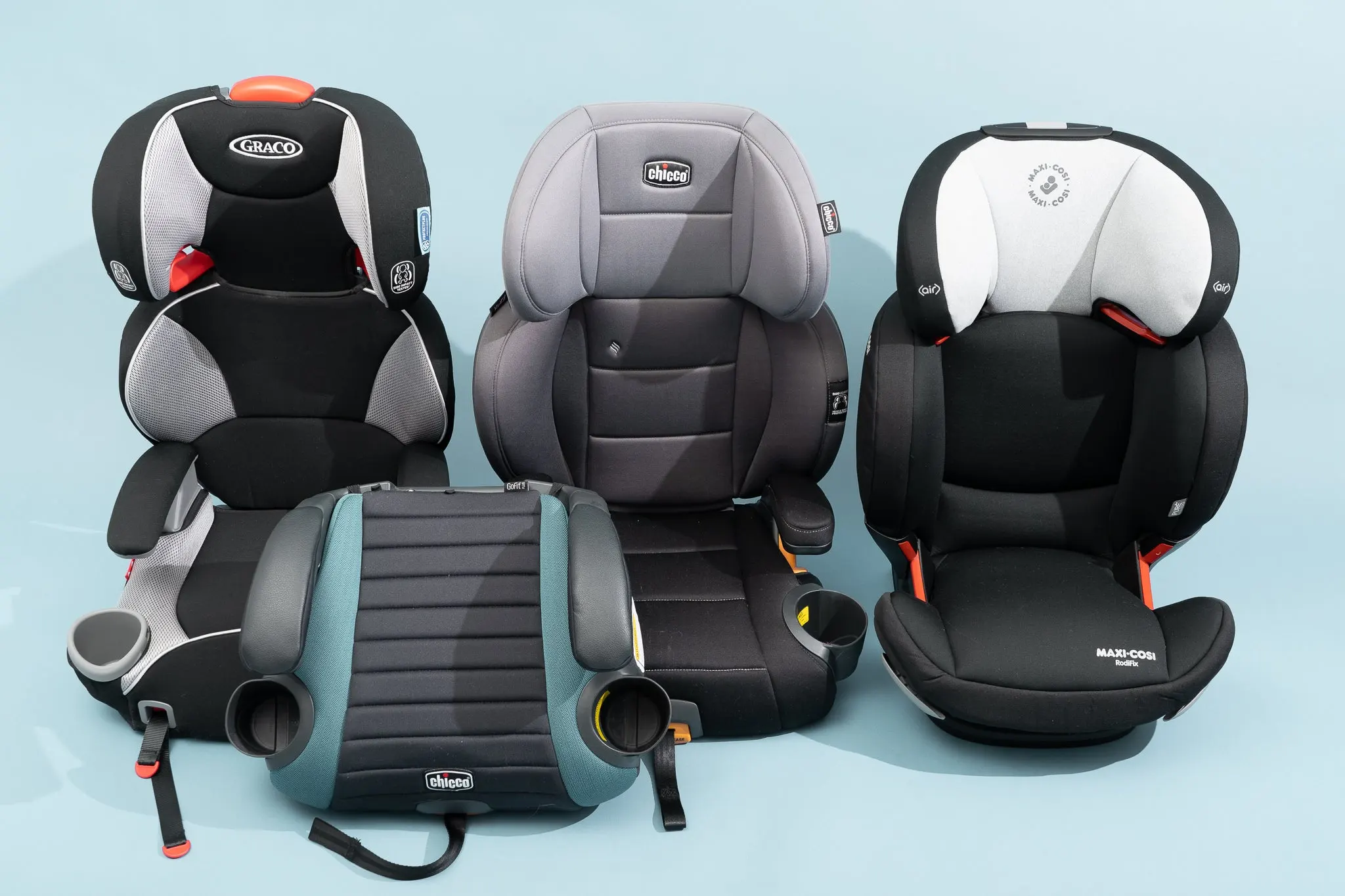

0 thoughts on “What Are The Requirements For A Booster Seat”